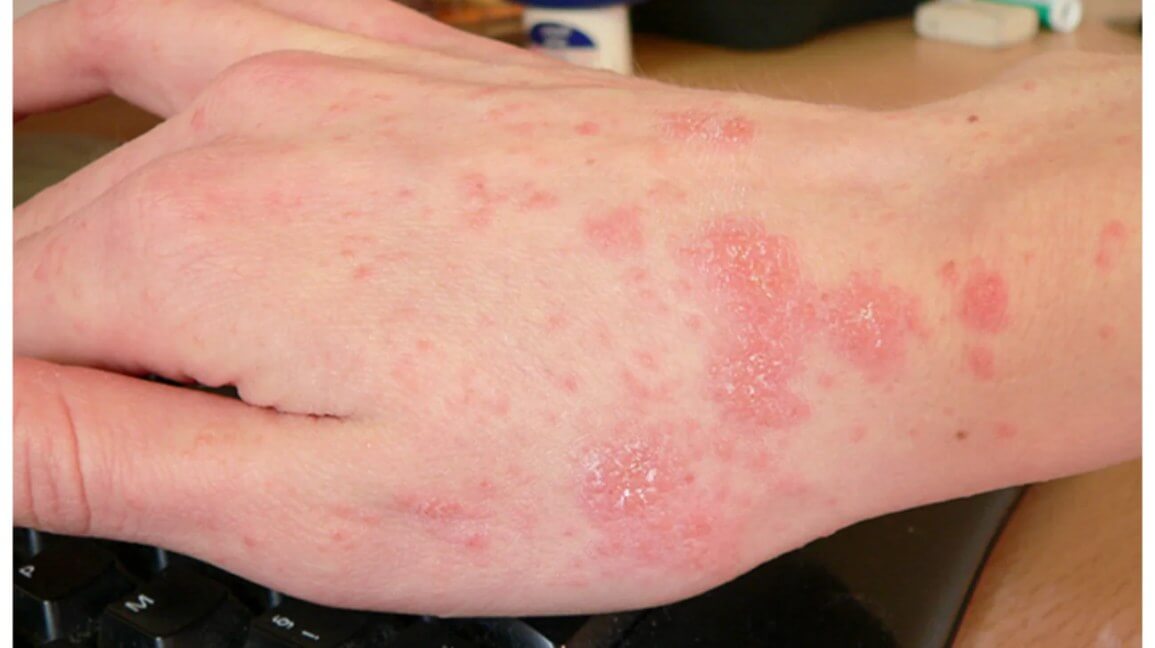Introduction
When you notice itchy red bumps on your skin or wake up with mysterious bites, it’s natural to wonder whether you’re dealing with scabies or bed bugs. Both can cause discomfort and skin irritation, but they are entirely different pests. In this guide, we will explore the differences between scabies vs bed bugs, helping you identify and address these nuisances.
Scabies: The Tiny Mites That Burrow
What Are Scabies?
Scabies is a skin infestation caused by tiny mites known as Sarcoptes scabiei. These mites are barely visible to the naked eye and burrow into the top layer of your skin, where they lay eggs. Scabies are highly contagious and spread through close personal contact.
Symptoms of Scabies
The primary symptom of scabies is intense itching, which typically worsens at night. Other common symptoms include red rashes, tiny red bumps, and small, thread-like burrow lines on the skin. Scabies can affect various parts of the body, including the fingers, wrists, elbows, and genital area. Scabies are often transmitted through prolonged skin-to-skin contact, making it common among family members, romantic partners, and individuals living in close quarters. If you suspect scabies, it’s crucial to seek medical attention for proper diagnosis and treatment.
Bed Bugs: The Nighttime Pests
What Are Bed Bugs?
The tiny, reddish-brown insects known as bed bugs feed on both human and animal blood. Unlike scabies, bed bugs do not burrow into the skin. Instead, they hide in cracks, crevices, and the seams of mattresses, coming out at night to feed on their hosts.
Symptoms of Bed Bug Bites
Bed bug bites typically appear as itchy, red welts or raised bumps on the skin. They are often arranged in a linear or clustered pattern and can be found on any exposed area of the body, such as the arms, legs, neck, and face. Unlike scabies burrows, bed bug bites do not have a distinct pattern on the skin. Bed bugs are notorious for infesting beds, furniture, and luggage, and they can be inadvertently carried from one location to another. While their bites can be irritating, bed bugs do not transmit diseases.
Key Differences Between Scabies and Bed Bugs
To differentiate between scabies and bed bugs, consider these key differences:
1. Infestation Location
- Scabies mites burrow under the skin, causing rashes, bumps, and itchiness.
- Bed bugs live in and around sleeping areas, emerging at night to feed on blood and leaving behind bite marks.
2. Transmission
- Scabies spreads through direct skin-to-skin contact.
- Bed bugs are usually transmitted through infested belongings or furniture.
3. Bite Patterns
- Scabies causes burrows, rashes, and thread-like lines on the skin.
- Bed bug bites appear as welts or raised bumps, often in linear or clustered patterns.
4. Visible Pests
- Scabies mites are not visible to the naked eye.
- Bed bugs are visible and can be found in and around bedding.
Treating Scabies and Bed Bug Infestations
If you suspect scabies or a bed bug infestation, it’s essential to seek proper treatment:
Treating Scabies
Scabies are typically treated with prescription topical creams or lotions that kill the mites and their eggs. You’ll need to apply the medication to your entire body, and often, a second treatment is necessary after a week.
Treating Bed Bugs
Bed bug infestations require thorough cleaning and, in severe cases, professional pest control services. Washing bedding, vacuuming, and using insecticides can help eliminate bed bugs. It’s essential to address both the bugs and their hiding places to prevent a recurrence.
Prevention Strategies
Preventing scabies and bed bug infestations involves different strategies:
Preventing Scabies
- Avoid close contact with individuals who have scabies.
- Wash bedding, clothing, and personal items used by an infected person in hot water.
- Seek medical treatment promptly if you suspect scabies.
Preventing Bed Bugs
- Regularly inspect and clean your bedding and mattress.
- Use bed bug-proof mattresses and pillow covers.
- When traveling, inspect hotel rooms for signs of bed bugs and keep luggage elevated and away from the bed.
Final Thoughts
Scabies and bed bugs may share some similarities in terms of skin irritation and itching, but they are distinct pests with different characteristics, symptoms, and treatment approaches. If you suspect an infestation of either, it’s essential to consult with a healthcare provider or pest control professional for accurate diagnosis and appropriate treatment. Understanding the differences between scabies and bed bugs is key to effectively addressing these unwelcome visitors in your life.
Dr. Laura Thompson
Related posts
Stay connected
Today's pick
- Safety Essentials Every CNC Operator Should Follow DailyCNC machining demands precision, consistency, and discipline—but above all, it requires strict attention to safety. Whether you’re working with mills, lathes, routers, or grinders, every machine has the potential to cause serious injury if mishandled. That’s why CNC operators must follow safety protocols daily, no... The post Safety Essentials Every CNC Operator Should Follow Daily […]

